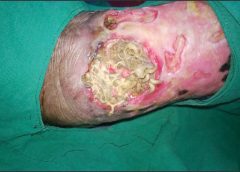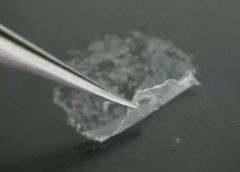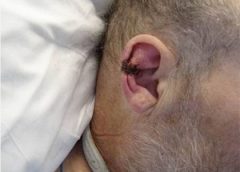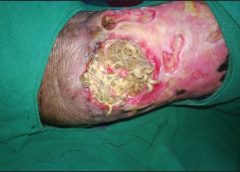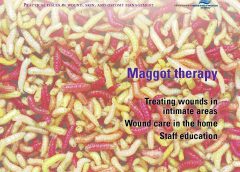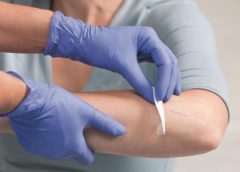By: Donna Sardina, RN, MHA, WCC, CWCMS, DWC, OMS
Have you ever had a patient yell “Get out of my room!” or “Don’t touch me! I don’t want to be turned”? How about “No! Don’t put those compression stockings on my legs!” or “No, I’m not going to wear those ugly orthopedic shoes!” or “No way. I can’t stay in bed. I have to go to Bingo!”?
As clinicians, our first instinct usually is paternalistic, as if we’re the patient’s parent who knows what’s best for our child. We think, “Sorry, but you have to do this. It’s for your own good.” And we convey that idea to the patient. (more…)
Read More
